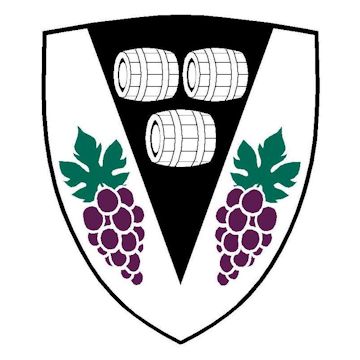
Institute of Masters of Wine

The Institute of Masters of Wine is a membership organisation with an unsurpassed international reputation. The Masters of Wine (MWs) hold the most respected title in the world of wine. The IMW promotes excellence, interaction and learning across all sectors of the global wine community. MWs have proved their understanding of all aspects of wine by passing the MW Examination, recognised worldwide for its rigour and high standards. In addition to passing the Examination, MWs are required to sign the Code of Conduct before they are entitled to use the initials MW. The Code of Conduct requires MWs to act with honesty and integrity, and use every opportunity to share their understanding of wine with others. There are currently 369 Masters of Wine today, working in 29 countries. The Membership encompasses winemakers, buyers, journalists, shippers, business owners, consultants, academics, and wine educators. There are over 350 students in the MW Study Programme from over 30 countries.
History of the Institute
For sixty years the Institute of Masters of Wine has been promoting professional excellence and knowledge of the art, science and business of wine. It began with an exam held for the first time in 1953 for the trade, known as the Master of Wine examination. Two years later the Institute of Masters of Wine was formed by the people who had passed the inaugural exam. The Institute’s membership now spans 29 countries while its study, examination and events programmes are conducted annually on a worldwide basis.
The Institute owes its origin to the Vintners' Company, one of the Twelve Great City of London Livery Companies which received its first Charter in 1363, and to the Wine and Spirit Association.
Soon after the Second World War these two organisations recognised that they needed to improve the standard of education in the British wine trade and to formally certify its most talented members. They organised an examination process for the trade known as the Master of Wine examination, which was held for the first time in 1953. In 1955, the Institute of Masters of Wine was formed by the people who had passed the inaugural exam.
Today the Institute is independent of both, although the Vintners' Company remains an important Supporter. The Institute continues to hold many of its events throughout the year in Vintners' Hall in the City of London, including the Annual General Meeting, the Awards Ceremony and a number of tastings.In 1953 21 candidates sat the first examination for the qualification Master of Wine in London. It consisted of five theory papers and three practical papers. As a reflection of the times, perhaps, one practical paper was entirely devoted to the analysis of faulty wines. Dick Bowes MW (who passed in 1966) recalled that as most people in the trade at the time started in the cellars, part of the exam was to identify tools of the trade: "I can remember coopers’ adzes, bung-tinners and spile hole borers."
Of the 21 original candidates only six passed, illustrating the rigorous demands of the qualification from the very beginning.The first female to pass was Sarah Morphew Stephen MW. in 1970
The first Master of Wine from outside the UK, Michael Hill Smith AM from Australia, passes the exam in1988
Barbara Philip MW was the first Western Canadian to achieve the Master of Wine designation and is the only female MW in the
country. She is currently a Category Manager for BC Liquor Stores where she is responsible for the European wine selections.
Through Barbariain Wine Consulting, Barb works as an international presenter, journalist and judge. In addition to lecturing
across the United States, Europe and Canada, Barbara has judged for the Argentina Wine Awards, The Dallas Morning
News Wine Competition, Gambero Rosso and the Decanter World Wine Awards in London. Since 2008, she has been the wine
columnist on CBC Radio One’s ‘On The Coast’.Barbara says the most difficult part was writing her final dissertation on the subject she had chosen. « Can the Pinot Blanc become the signature grape of the Okanagan Valley. » Although perfect for the soil and climate of British Columbia, Pinot Blanc, she found out, would probably never have the potential to become am iconic grape given its relatively low popularity in the world (we are far from « pinot grigio » and other « Chardonnay » in the white varieties).
The Examination
There are three parts
1. Theory Five three-hour question papers on viticulture, vinification and pre-bottling procedures, the handling of wine, the business of wine, and contemporary issues.
2. Practical Three 12-wine blind tastings, each lasting two and a quarter hours, in which wines must be assessed for variety, origin, winemaking, quality and style. The theory and practical papers are examined concurrently over four days, usually in June, in three centres, London (UK), Sydney (Australia) and Napa (USA).
3.Research paper (RP) An individual project on a topic chosen by the candidate, resulting in a piece of work of between 6,000 and 10,000 words.
When Members of the Institute pass all parts of the Institute’s examination, they have to sign a Code of Conduct before they are formally invited to be a Master of Wine.
www.mastersofwine.org
Home | About |Sitemap | History |New | Contact Us |Tourism |©2017 Robert A Bell